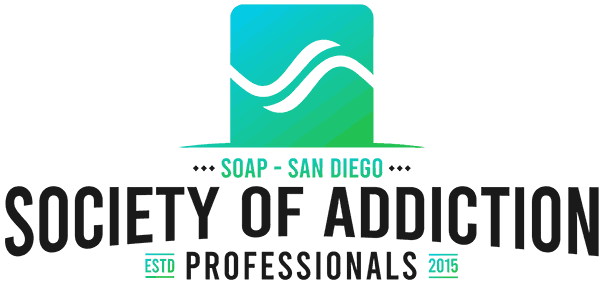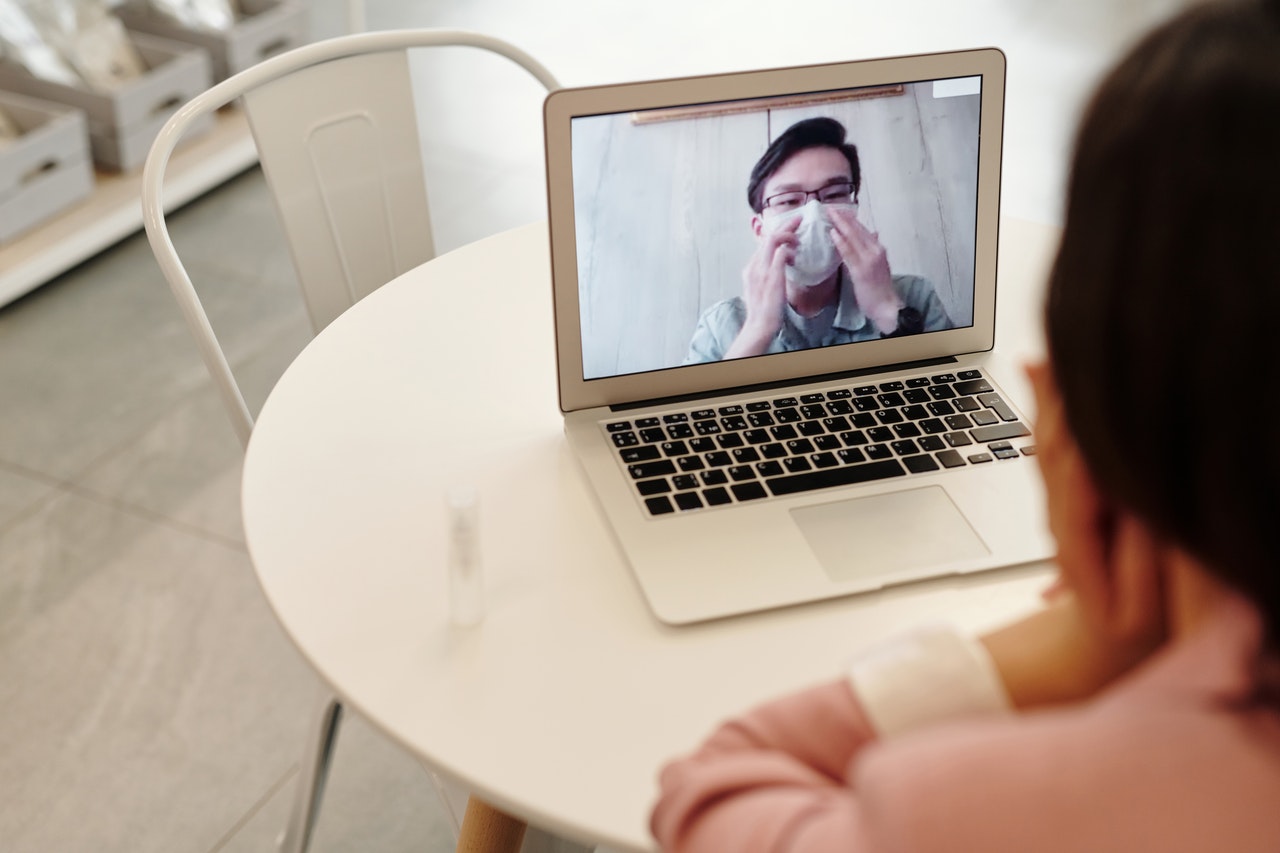In 2020, the first year of the pandemic, there have been many lessons for people in the addiction recovery field. In San Francisco, however, the lessons of 2020 help reduce overdose deaths and increase services to people who needed them, according to about sixty treatment centers that responded to a series of research surveys.
Reducing Isolation Among People With SUD
In 2020, about 60 percent of providers reported that patients were relapsing. Fewer people sought treatment during the early pandemic due to public health worries. Sober people often felt isolated, and some struggled with the technology of online meetings. However, as the industry and 12-step support meetings became more uniform, people began to meet up regularly on Zoom.
Some treatment centers were able to integrate new software features to run their groups and individual sessions on their own portals.
Telemedicine Bridged The Gap
By 2021, telemedicine had begun to fill an essential gap. People who lived in rural areas could access telehealth and participate in treatment groups. In addition, 80% of survey respondents reported that telemedicine use had significantly impacted how they worked with their treatment clients.
Many treatment providers had to pivot and learn new technology as governing bodies relaxed rules for essential services like Medication-Assisted Treatment. Even for Methadone, fewer in-person interactions were required to maintain the patient’s dose.
All in all, access increased. As a result, people could get lifesaving medication prescribed and stay sober another day.
More Harm Reduction In San Francisco
In addition to expanding treatment options, the government of San Francisco also expanded harm reduction programs. Communities are educated on how to give naloxone to help reverse an overdose. Fentanyl strips are handed out in high-risk communities so that people can test their drugs for its presence in other drugs like Oxycontin or even cocaine.
San Francisco also created a Street Overdose Response Team that has a presence in high-risk areas such as homeless encampments. They are there to respond directly to medical needs and refer to mental health and substance abuse programs. This outreach can help people get the resources they need to make the best decisions possible, including going to a residential program.
So far, the state has recorded 60 fewer overdose deaths in 2021 than in 2020. While it’s not on course to eliminate overdoses entirely, the efforts of the addiction recovery community seem to be having an impact.
Join Us At SD-SOAP
Are you looking for a community of professionals who share a passion for recovery? Learn more about addiction medicine, make friends, and create new, important contacts. Join one of our free online meetings to learn more about our organization and our networking or education events.

